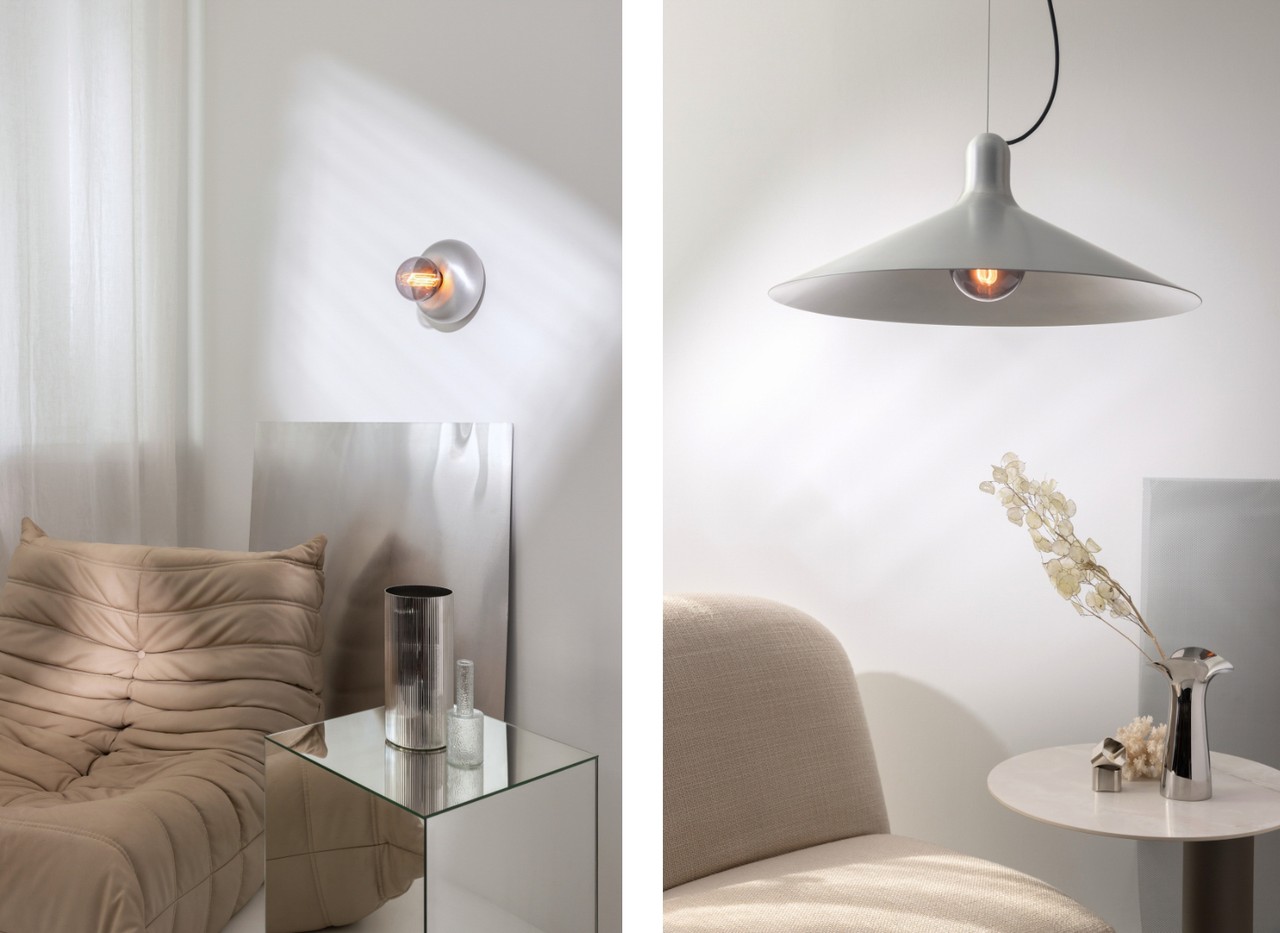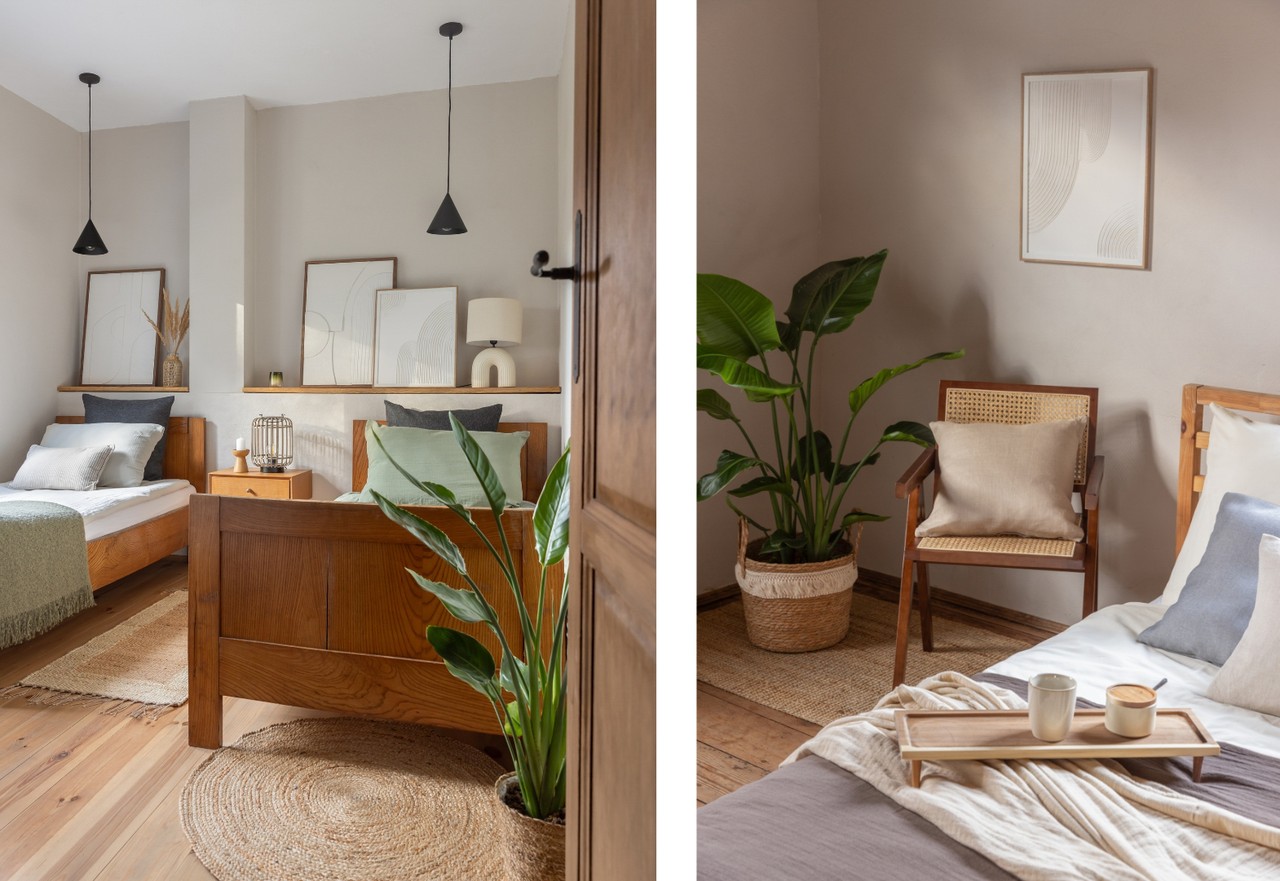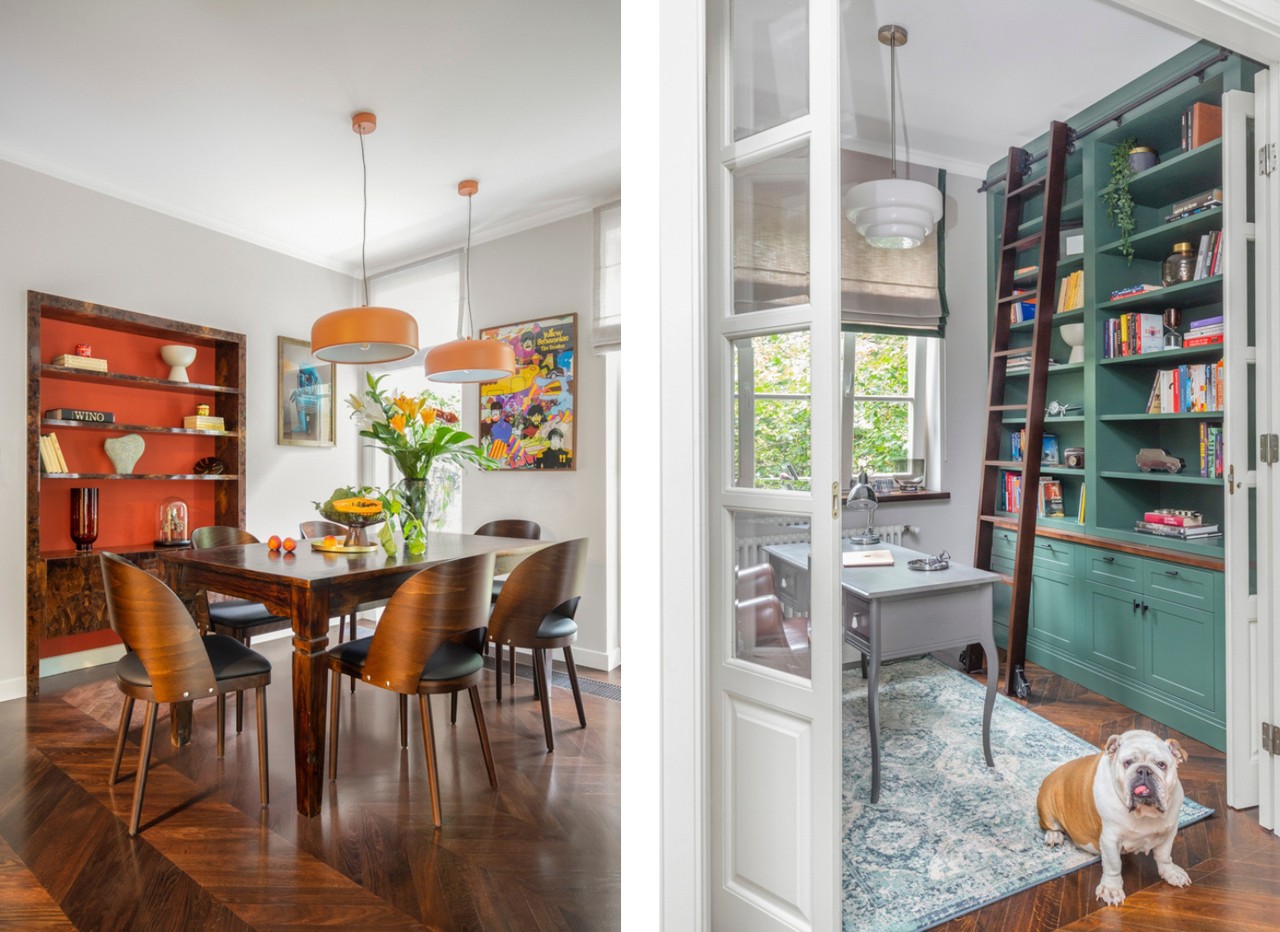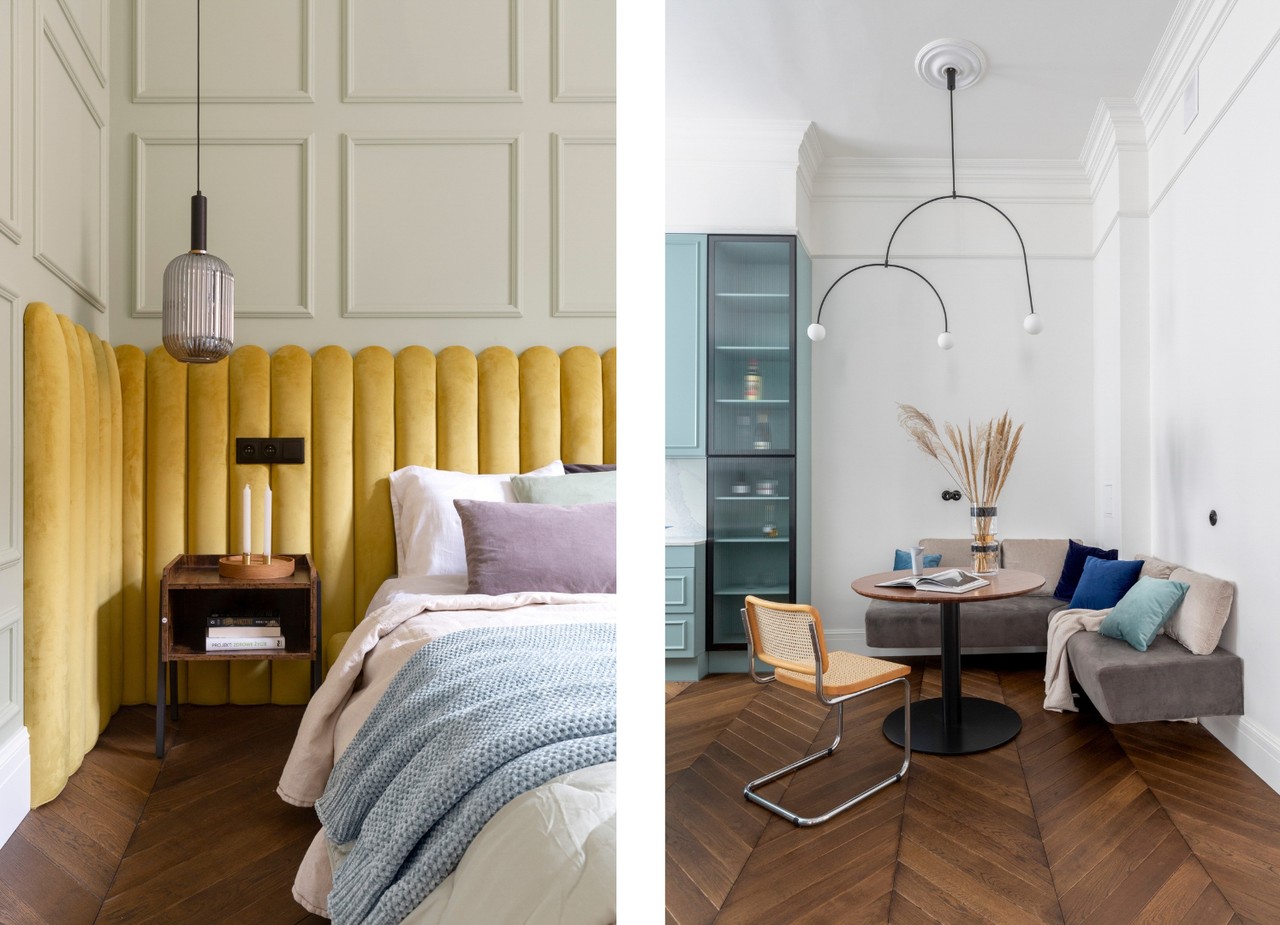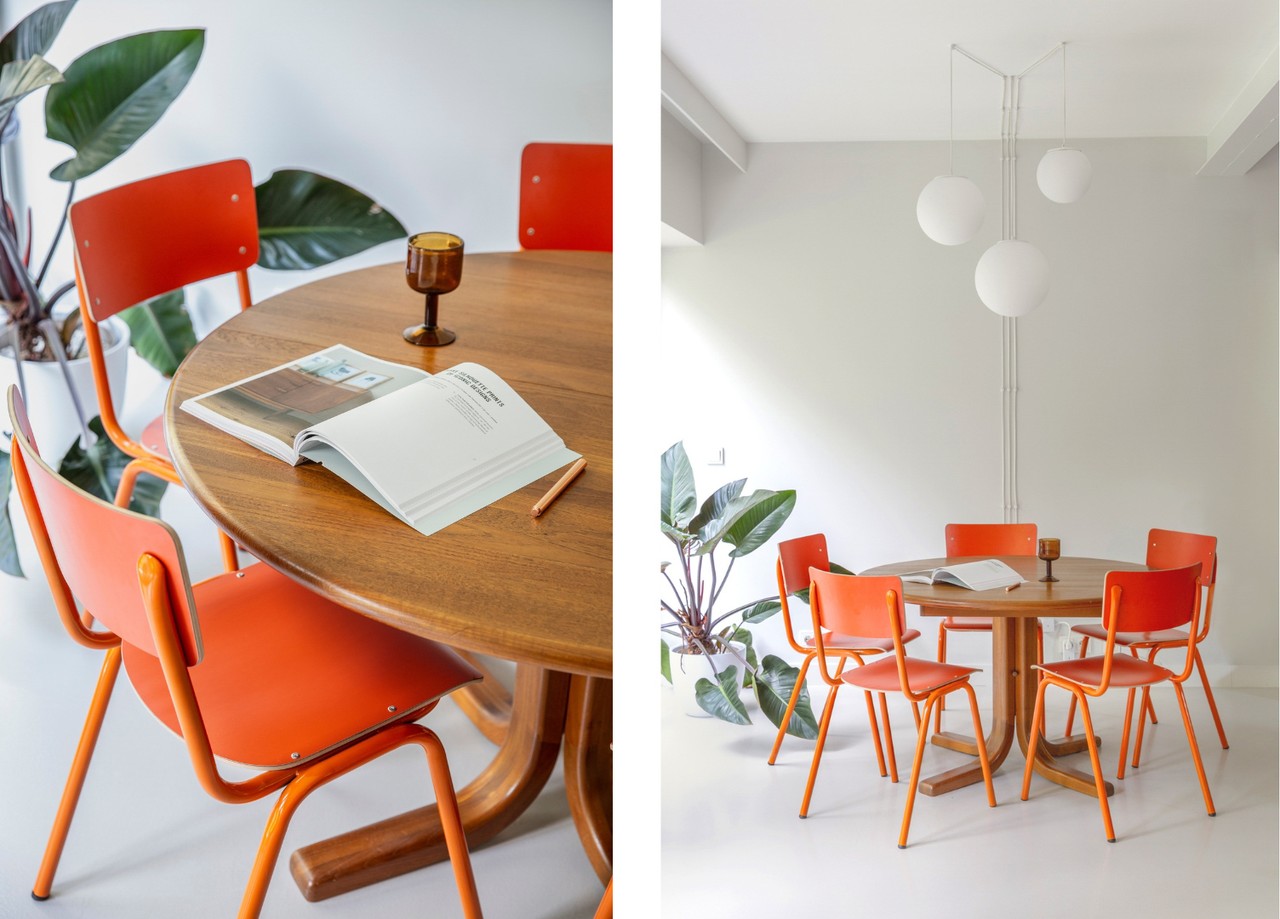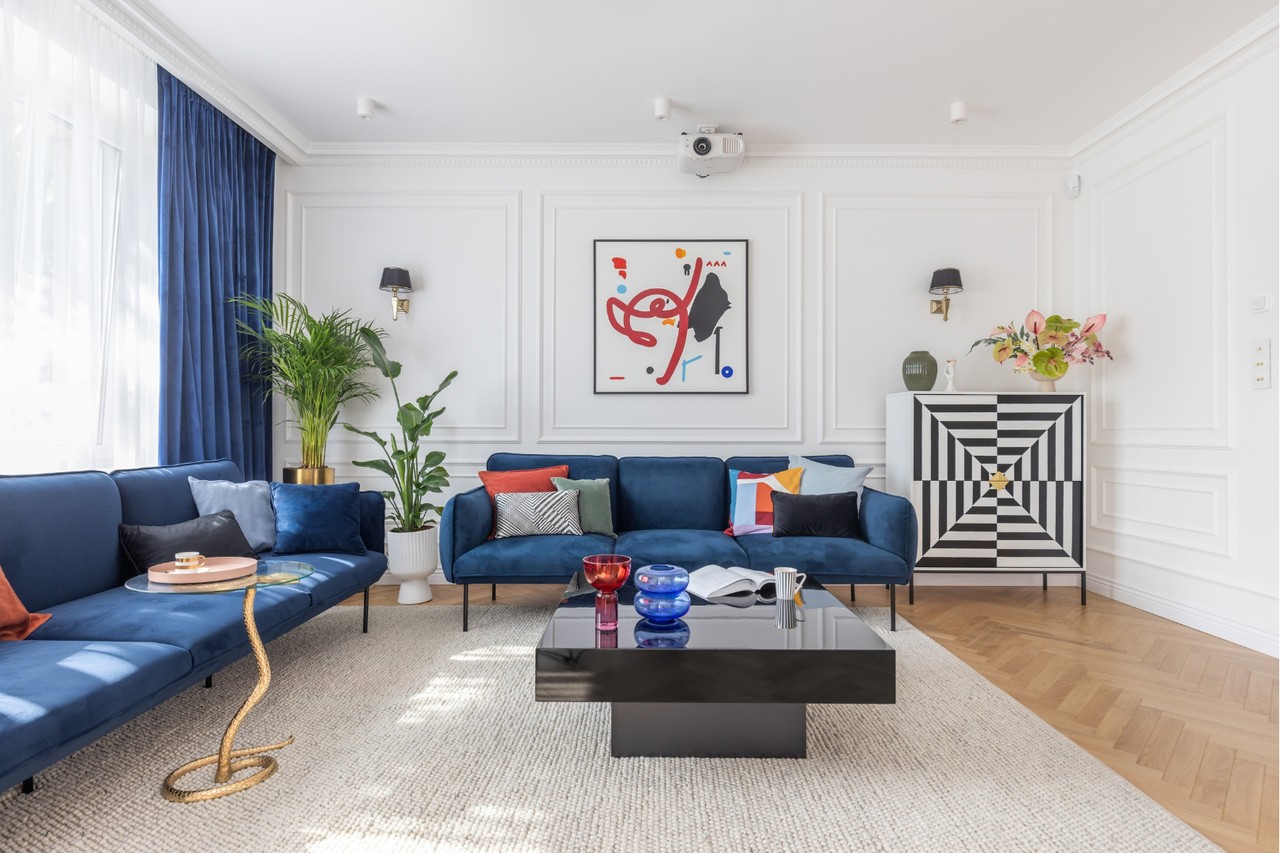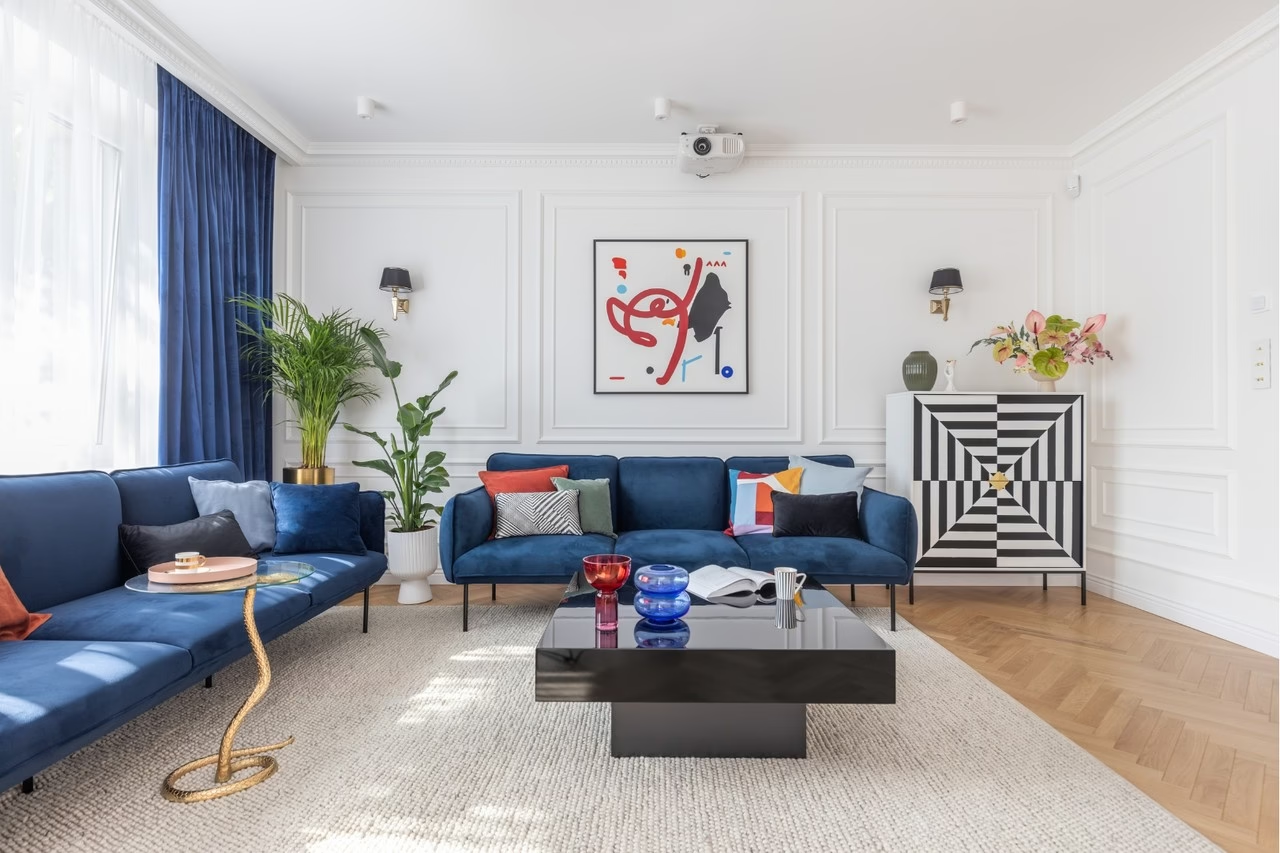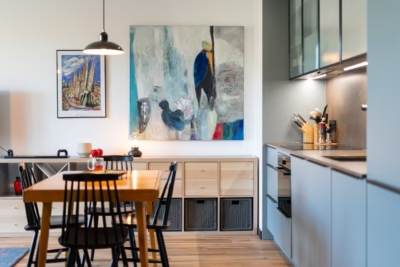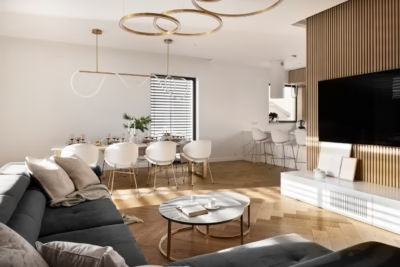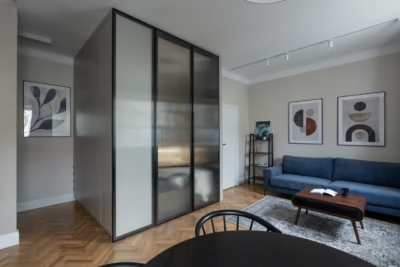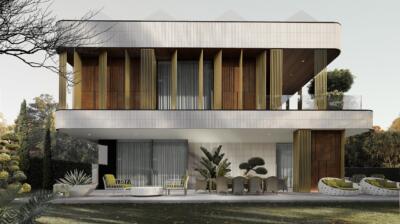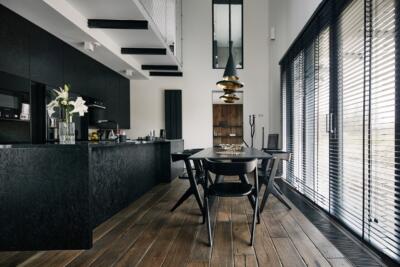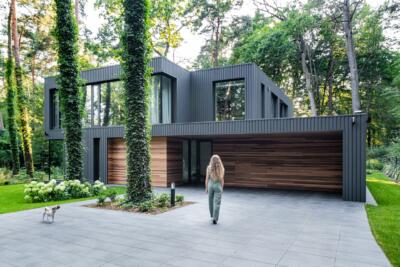For over 12 years, Marta Behling, a photographer and interior stylist, has been running her own studio, Pion Poziom. During this time, she has completed over 1,500 shoots – from intimate shots of private homes to large product and image shoots for global brands. She has numerous long-term collaborations with renowned designers and from all over Poland. Eager for new challenges, she is constantly expanding her field of activity, offering not only photo shoots and interior styling, but also short video productions and training courses.
The spark that became a way of life
Marta Behling’s affair with photography began in secondary school, but there was no indication that she would pursue a career in this particular field. Her dream was to become a film director, and learning photography was only one of the steps in perfecting her directing skills. During her studies at the Łódź Film School, Marta Behling took on her first assignments – product photography, reportage, events and finally… interiors. It was the moment when she felt she was in the right place, and the rest is history.
Painting and architectural inspirations in the work of an interior photographer
The founder of Pion Poziom’s youthful passion for culture and art in the broadest sense has had a significant influence on her style. Her admiration for Dutch still lifes and the light in Vermeer’s paintings translated into the photographer’s visual sensitivity, as did her fascination with the timeless simplicity of Le Corbusier’s designs, the sculptural forms of Zaha Hadid, and the sensual materials used by Peter Zumthor.
Various discoveries in painting and architecture taught Marta Behling to view space as the protagonist rather than the background of photographs. In addition, her studies in cultural studies at the University of Warsaw helped her to understand the broader aesthetic and functional context. All of this is reflected in her photographs, which combine sensitivity to light, detail and proportions with a modern approach to form and timeless harmony.
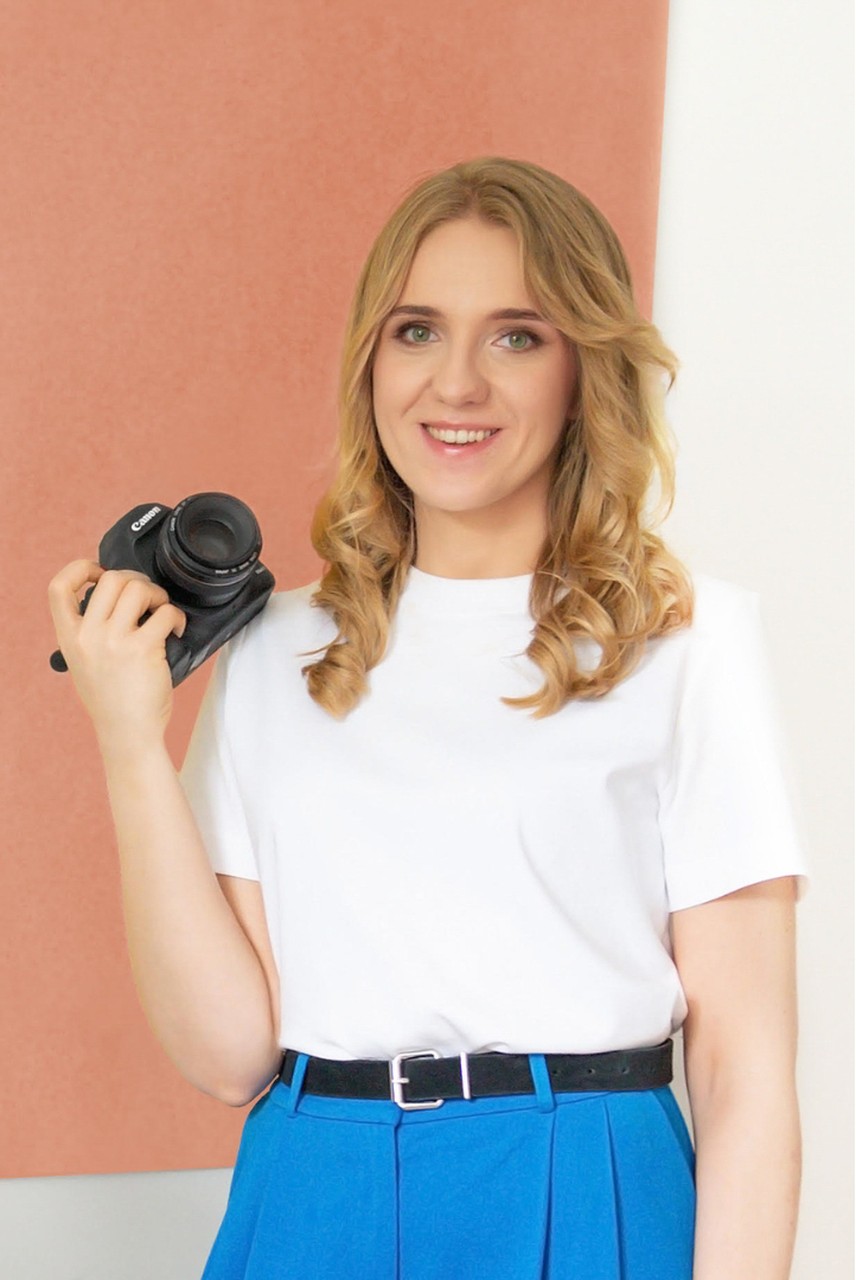
What is your process for preparing for an interior photo shoot? Are there any key steps that you always take?
I always start by talking to the architect or client – I want to understand their expectations, the nature of the project and what should resonate in the images. I then review overview photos, floor plans, sometimes visuals, to plan the framing and styling. On site, I carefully select accessories, organise the space and work with natural light – although, if necessary, I add additional lighting to achieve a consistent, aesthetic effect. I try to capture not only the look but also the atmosphere of the interior.
What is the importance of natural light in interior photography for you? How do you deal with situations where there is insufficient light?
I work mainly with a tripod, using daylight, which is natural and best suited to interiors. It allows me to capture the atmosphere of a space in a subtle and natural way. In my work, I combine this technique with reflected flash light, which helps to emphasise contrasts, even out sharp shadows or correct exposure, which is particularly useful when the sun is really bright. This photographic set up always enables me to take clear photographs, even in the darkest corridors…
On the other hand, during product shoots, I mainly use flash and continuous light, creating scenes that are more commercial. In this case, the light is to highlight the product, not the interior itself. Adequate exposure of product details is then crucial.
Do you prefer to photograph interiors with a particular décor or style, or do you adapt to different aesthetics?
I’m curious about different aesthetics – it’s this diversity that stimulates my creativity and makes each session a new challenge for me. I enjoy working with both minimalist, soothing colours and interiors full of detail, texture or colour. Each style requires a different approach, sensibility and framing – it is in this flexibility that I find the greatest joy in my work.
Do you have your favourite gear or piece of kit that you always take to your interior design shoots?
I work with a state-of-the-art Canon R5 and dedicated lenses that allow me to capture both wide shots and close-up details. During interior photography sessions, I often use a tripod – especially for wide-angle shots – to ensure perfect sharpness and brightness in my photos, as well as to have full control over the composition.
Although I use professional, expensive equipment, I believe that it is not the most important thing. My eye is key – the way I look, my sense of light, proportion and composition. They are what make a photo really ‘work’.
How do you work with architects, interior designers or property owners to capture their vision in photographs?
I start with a conversation – I listen to what they want, what is most important to them in an interior, what emotion or function the design is supposed to convey. I look at reference material, we talk about details, light, framing. During the shoot, I try to be a partner in the process – I hint, I style, I sometimes suggest a different shot than originally intended if I feel it might better reflect the character of the space.
My goal is not only to show the interior, but above all to capture the designer’s intention – so that the final photos are not only aesthetic, but also authentic and consistent with the creator’s vision.
What advice would you have for architects or interior designers who are planning to start working with an interior photographer?
Above all, it is worth reviewing the photographer’s portfolio carefully and seeing if the framing, sense of light and aesthetics coincide with your own approach. Perhaps publications that also confirm the photographer’s competence in the wider field will be worth noting. But conversation is equally important – to see if you are on the same wavelength, if there is a ‘flow’ between you.
Collaboration during a session is a creative process in which trust and mutual understanding are essential. I can rely on a large team of architects with whom I have been working for many years – we are united not only by professionalism, but also by good energy and friendly relations. This way we know what to expect from each other and the results of the shoot are consistent, thoughtful and supportive of their brand image.
